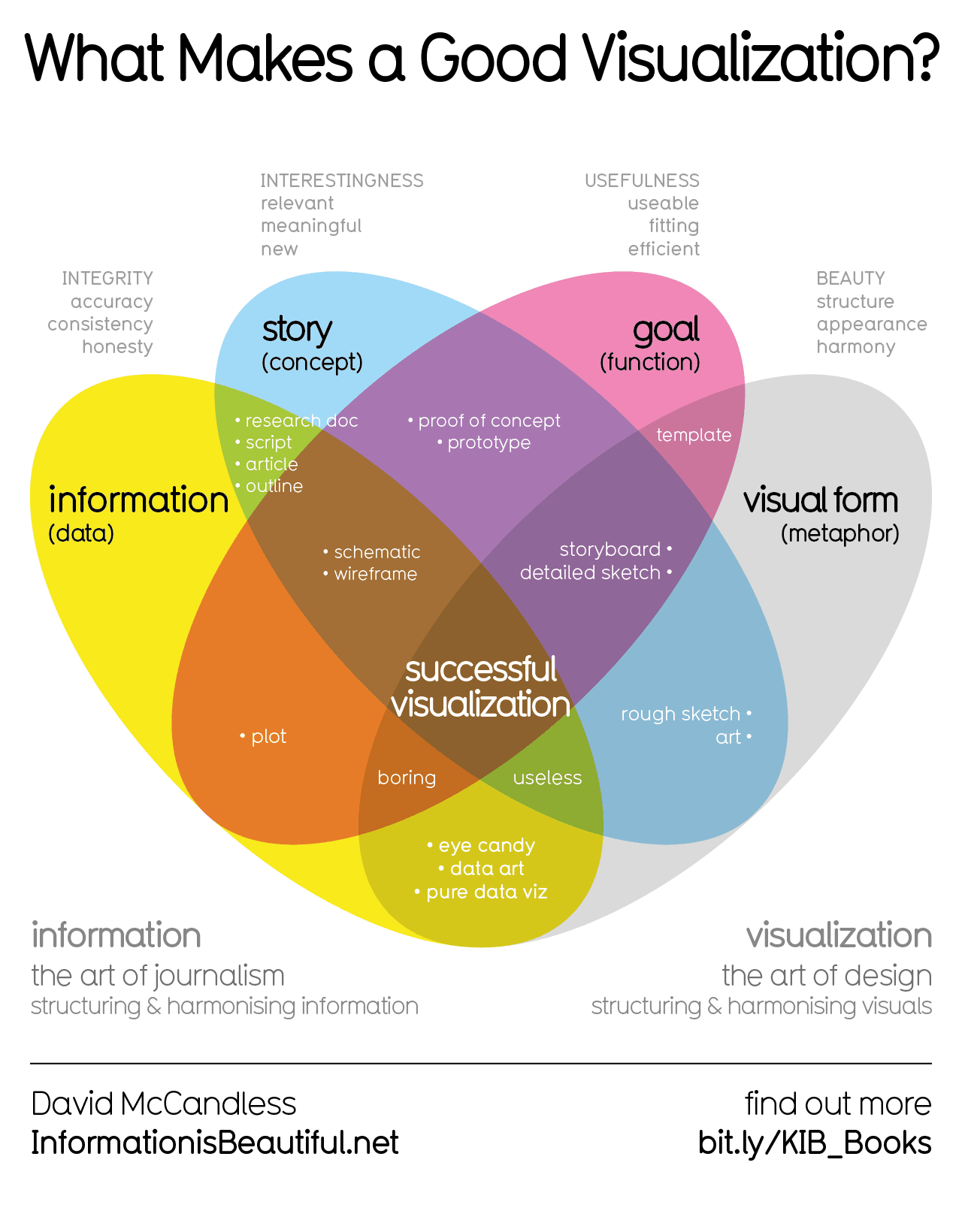

That is not how Hispanic is used in the dataset. Just read the methodology for crying out loud.


That is not how Hispanic is used in the dataset. Just read the methodology for crying out loud.
Not unless someone methodologically captures all the accounts through interviews and surveys and turns it into one.
I agree that anecdotes aren’t worthless, but for different reasons. There’s actually a saying that goes, “the plural of anecdote isn’t data.” Anecdotes are just stories. They aren’t data points and they aren’t peer reviewed. If you want to turn anecdotes into data, you have to do the proper interviews and surveys to actually build a dataset and then get the peer review, but at that point we aren’t talking about anecdotes anymore.

Housing is taxed at the value of the property, not the difference between the value of the property and the purchase price.


Just say you recently came into some inheritance and that you are looking into investment opportunities. Then they will expect you to be out of your element, so you won’t need to try to pretend you’re someone you’re not. If they ask about the inheritance, say your grandfather made a fortune selling lumber or something boring like that.
I heard it was supposed to be human body temperature, but they used horse body temperature instead because it was close to human body temperature but more… stable.
A vector space is a collection of vectors in which you can scale vectors and add vectors together such that the scaling and addition operations satisfy some nice relationships. The 2D and 3D vectors that we are used to are common examples. A less common example is polynomials. It’s hard to think of a polynomial as having a direction and a magnitude, but it’s easy to think of polynomials as elements of the vector space of polynomials.


That’s not how suburbs work. Suburbs aren’t about municipalities - they’re about zoning and proximity to an urban area. You clearly don’t know what you’re talking about and want to disagree with people who have first hand experience, so I’m not going to argue with you about this. Have a good one


Yes. Long Island is New York City. I lived there and my address said New York, New York.
I brain farted. I lived in Staten Island, but the point stands. Staten Island is a suburb of New York and is in New York. My current living situation is identical with respect to my current major city. I live in a suburb, but my address says the name of the major city.


What do you mean? Almost every major city has suburbs (at least in my country). I live in one of the top ten most populous cities in the US and I live in the suburbs.


Something has already happened and they didn’t touch my rates. I’ve been saving hundreds of dollars a year. I’ve saved well into the thousands of dollars at this point. I’m not saying the insurance companies are my friends and while I am better off using the tracker than not using it, that wasn’t even my point. My point was that the trackers all function differently and some are better than others.


It’s crazy how most of those programs work. The way my insurance handles it is way better. For example, no matter how bad you are at driving, they never raise the premiums above the normal rate, so it almost always makes sense to get the tracker from a finance perspective. (The only exception is that they will raise your rates if you drive farther in 6 months than you estimated on your initial application. The flip side is that they lower your rates if you don’t drive very much. I only drive about 1000 miles every 6 months, so my premium is really low.) They also have a Bluetooth device that stays in your car that your phone must be connected to in order for it to record trip data, and if you happen to be riding as the passenger in the car, the app has an option that allows you to clarify for each trip that you weren’t the driver. I was surprised to learn they aren’t all like that.


Language parsing is a routine process that doesn’t require AI and it’s something we have been doing for decades. That phrase in no way plays into the hype of AI. Also, the weights may be random initially (though not uniformly random), but the way they are connected and relate to each other is not random. And after training, the weights are no longer random at all, so I don’t see the point in bringing that up. Finally, machine learning models are not brute-force calculators. If they were, they would take billions of years to respond to even the simplest prompt because they would have to evaluate every possible response (even the nonsensical ones) before returning the best answer. They’re better described as a greedy algorithm than a brute force algorithm.
I’m not going to get into an argument about whether these AIs understand anything, largely because I don’t have a strong opinion on the matter, but also because that would require a definition of understanding which is an unsolved problem in philosophy. You can wax poetic about how humans are the only ones with true understanding and that LLMs are encoded in binary (which is somehow related to the point you’re making in some unspecified way); however, your comment reveals how little you know about LLMs, machine learning, computer science, and the relevant philosophy in general. Your understanding of these AIs is just as shallow as those who claim that LLMs are intelligent agents of free will complete with conscious experience - you just happen to land closer to the mark.
You’re mistaken unfortunately. The books don’t start that way. They start by describing Arthur Dent’s house.
You have the spirit of things right, but the details are far more interesting than you might expect.
For example, there are numbers past infinity. The best way (imo) to interpret the symbol ∞ is as the gap in the surreal numbers that separates all infinite surreal numbers from all finite surreal numbers. If we use this definition of ∞, then there are numbers greater than ∞. For example, every infinite surreal number is greater than ∞ by the definition of ∞. Furthermore, ω > ∞, where ω is the first infinite ordinal number. This ordering is derived from the embedding of the ordinal numbers within the surreal numbers.
Additionally, as a classical ordinal number, ω doesn’t behave the way you’d expect it to. For example, we have that 1+ω=ω, but ω+1>ω. This of course implies that 1+ω≠ω+1, which isn’t how finite numbers behave, but it isn’t a contradiction - it’s an observation that addition of classical ordinals isn’t always commutative. It can be made commutative by redefining the sum of two ordinals, a and b, to be the max of a+b and b+a. This definition is required to produce the embedding of the ordinals in the surreal numbers mentioned above (there is a similar adjustment to the definition of ordinal multiplication that is also required).
Note that infinite cardinal numbers do behave the way you expect. The smallest infinite cardinal number, ℵ₀, has the property that ℵ₀+1=ℵ₀=1+ℵ₀. For completeness sake, returning to the realm of surreal numbers, addition behaves differently than both the cardinal numbers and the ordinal numbers. As a surreal number, we have ω+1=1+ω>ω, which is the familiar way that finite numbers behave.
What’s interesting about the convention of using ∞ to represent the gap between finite and infinite surreal numbers is that it renders expressions like ∞+1, 2∞, and ∞² completely meaningless as ∞ isn’t itself a surreal number - it’s a gap. I think this is a good convention since we have seen that the meaning of an addition involving infinite numbers depends on what type of infinity is under consideration. It also lends truth to the statement, “∞ is not a number - it is a concept,” while simultaneously allowing us to make true expressions involving ∞ such as ω>∞. Lastly, it also meshes well with the standard notation of taking limits at infinity.


I like this one



I don’t know the reason. I think not having the extra blank lines would be better, but it works just fine as is - even the post admits this much. That’s why it’s an enhancement. It’s possible for software to be functional and consistent and still have room for improvement - that doesn’t mean there is a bug.


My point is that someone made the decision for it to do that and that the software works just fine as is. It’s not a bug, it’s just a weird quirk. The fact that they made the enhancement you requested doesn’t make the old behavior buggy. Your post title said “it’s not a bug, it’s a feature!”, but the behavior you reported is not accurately classified as a bug.


It’s not a bug just because the software doesn’t conform to your personal preferences. You’re asking for what would be considered an enhancement - not a bug fix.
Okay. That’s a very convincing analogy. Thanks for the thought out response. Forgive me for being rude.